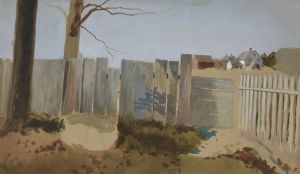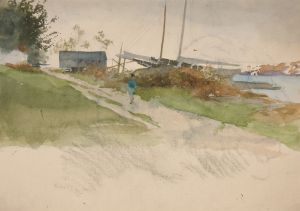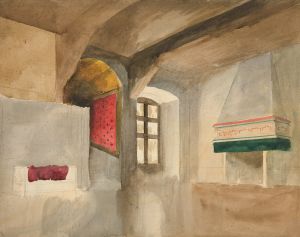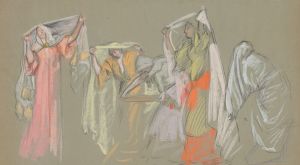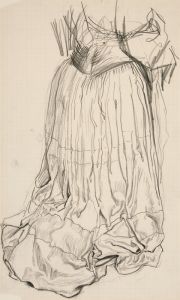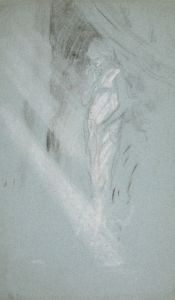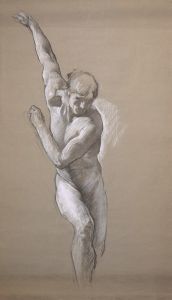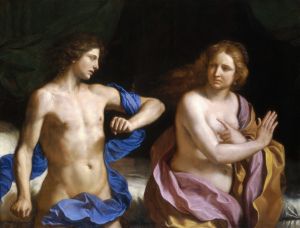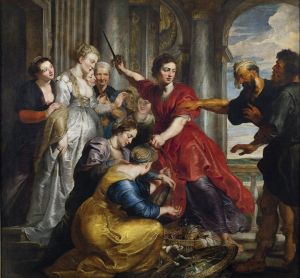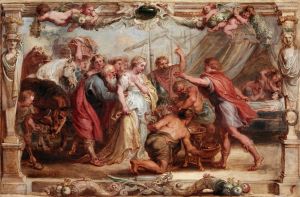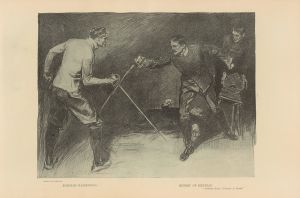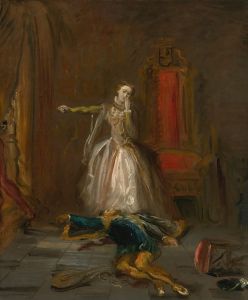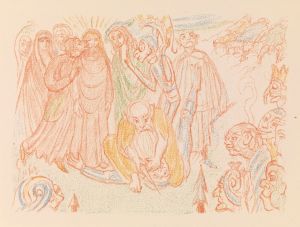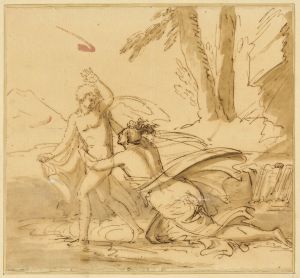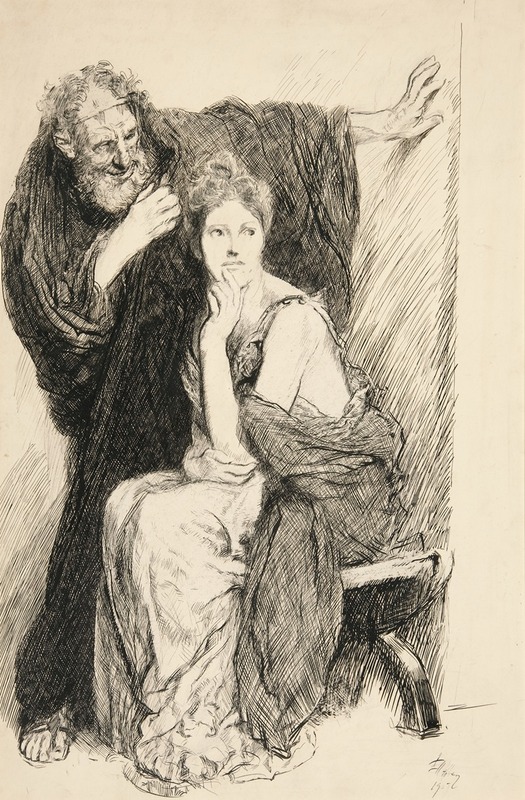
Cressida and her uncle, from Troilus and Cressida
A hand-painted replica of Edwin Austin Abbey’s masterpiece Cressida and her uncle, from Troilus and Cressida, meticulously crafted by professional artists to capture the true essence of the original. Each piece is created with museum-quality canvas and rare mineral pigments, carefully painted by experienced artists with delicate brushstrokes and rich, layered colors to perfectly recreate the texture of the original artwork. Unlike machine-printed reproductions, this hand-painted version brings the painting to life, infused with the artist’s emotions and skill in every stroke. Whether for personal collection or home decoration, it instantly elevates the artistic atmosphere of any space.
Edwin Austin Abbey's painting "Cressida and her Uncle, from Troilus and Cressida" is a notable work that draws inspiration from William Shakespeare's play "Troilus and Cressida." Abbey, an American artist known for his illustrations and murals, created this piece as part of his broader engagement with Shakespearean themes. The painting captures a moment from the play, which is set during the Trojan War and explores themes of love, betrayal, and the complexities of human nature.
In Shakespeare's play, Cressida is a young Trojan woman who becomes romantically involved with Troilus, a prince of Troy. Her uncle, Pandarus, plays a pivotal role as a go-between for the two lovers, facilitating their relationship. However, the narrative takes a turn when Cressida is traded to the Greeks in exchange for a Trojan prisoner, leading to her eventual betrayal of Troilus. Abbey's painting likely depicts a scene involving Cressida and Pandarus, highlighting their relationship and the pivotal role Pandarus plays in the unfolding drama.
Abbey's work is characterized by its attention to detail and historical accuracy, reflecting his dedication to capturing the essence of the Shakespearean era. His paintings often feature rich colors and intricate compositions, bringing to life the characters and settings of the plays he depicted. "Cressida and her Uncle" is no exception, showcasing Abbey's skill in rendering human emotion and interaction.
Edwin Austin Abbey was born in 1852 in Philadelphia, Pennsylvania, and gained prominence as an illustrator for magazines such as Harper's Weekly. He later moved to England, where he became associated with the Pre-Raphaelite Brotherhood and developed a keen interest in historical and literary subjects. Abbey's fascination with Shakespeare led him to create a series of paintings based on the Bard's works, which were well-received and contributed to his reputation as a leading artist of his time.
The painting "Cressida and her Uncle" is part of Abbey's larger body of work that includes illustrations and murals, many of which are housed in prominent institutions. Abbey's contributions to the arts were recognized during his lifetime, and he was elected to the Royal Academy in London. His work continues to be appreciated for its artistic merit and its ability to bring literary classics to visual life.
While specific details about the painting "Cressida and her Uncle" are limited, it remains an important example of Abbey's engagement with Shakespearean themes and his ability to convey complex narratives through art. Abbey's legacy endures through his paintings and illustrations, which continue to be studied and admired for their historical significance and artistic excellence.





